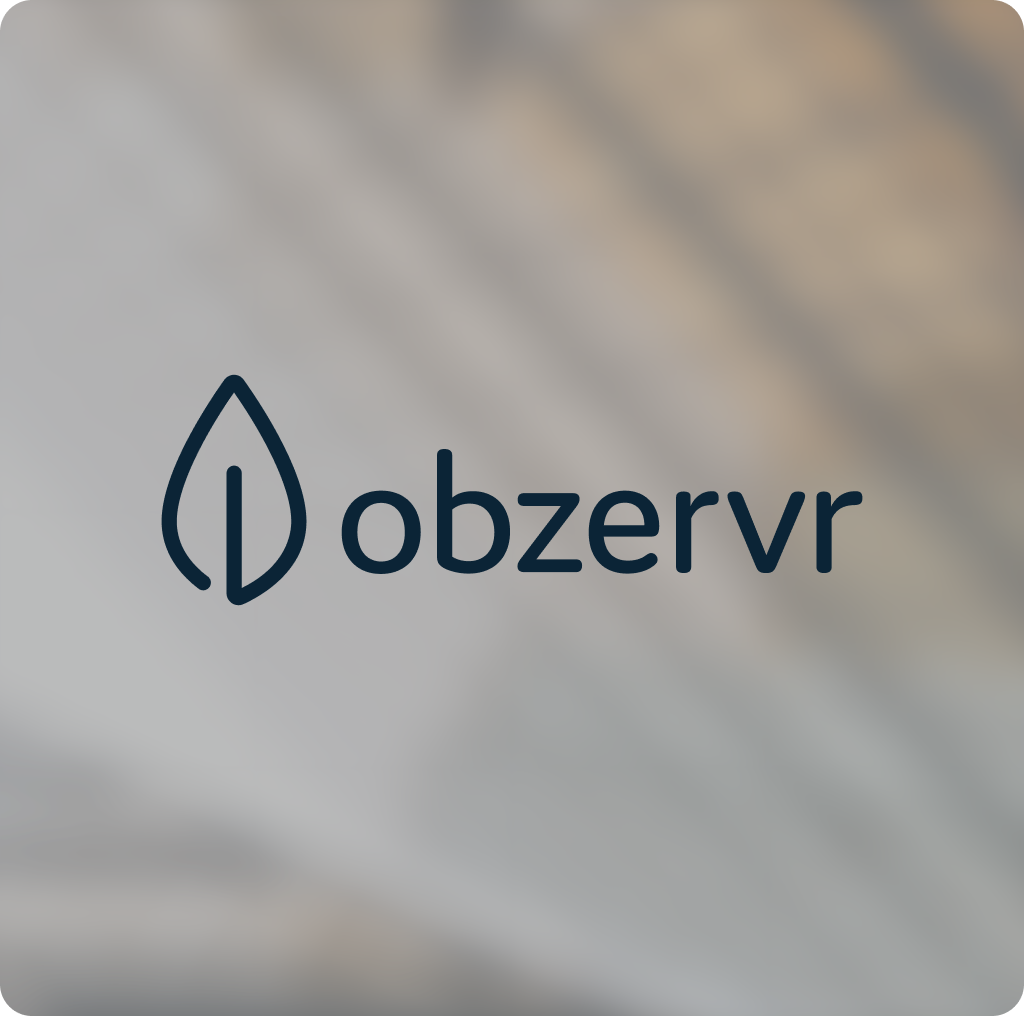In 2025, one truth stands out clearly in the B2B SaaS world: integrations close deals.
According to the State of SaaS Integrations 2024 report by Paragon, PartnerStack, and PartnerFleet, 60% of all SaaS sales cycles now involve integration discussions — and for 84% of customers, integrations are either very important or a dealbreaker.
The message is clear: buyers don’t want standalone tools anymore. They want connected experiences that fit naturally into their workflows — and that demand is reshaping how SaaS companies design, sell, and scale.
At Getint, we see this shift every day. From startups to enterprises, integrations have evolved from a post-sale feature to a pre-sale differentiator. Let’s explore what 100+ SaaS leaders revealed about why integrations drive sales — and what that means for how your team should sell in 2025.
From “Nice-to-Have” to “Must-Have”: How Integrations Became the Dealbreaker
A decade ago, most SaaS sales processes centered on product features and price. Today, the first question many enterprise buyers ask is:
“Does it integrate with our current stack?”
In the State of SaaS Integrations survey, 62% of respondents said integrations come up in more than half of their sales conversations. For nearly a quarter of companies, they’re discussed in 90% of deals.
This shift reflects how the SaaS market has matured. Most SaaS companies now sell into organizations with established tools — Jira, ServiceNow, HubSpot, Monday.com, and others. New software needs to fit into existing ecosystems, not replace them.
For sales reps, that means integrations aren’t a technical afterthought — they’re a core part of the value proposition. They reduce friction, shorten sales cycles, and build trust with decision-makers.
The Numbers Don’t Lie: Integrations Drive Revenue Growth
The report found a direct correlation between integrations and revenue growth.
- 92% of respondents said customers who use integrations are less likely to churn.
- Integrations drive an average of 35–40% of upsells and expansions.
- Top-performing SaaS companies achieve >140% net revenue retention (NRR) — a result directly linked to cross-platform adoption.
When customers integrate your product into their daily workflows, they build dependencies. That translates into higher customer lifetime value, stronger recurring revenue, and predictable renewals.
At Getint, we often see this effect in action. A company starts by integrating Jira with ServiceNow or Monday.com — and within months, adds new use cases, automations, or systems. Each new connection increases stickiness and loyalty, turning short-term customers into long-term advocates.
Check our case study: How Kaluza Scaled Jira Integrations with Getint Over One Year
Why Integrations Reduce Churn (and Customer Acquisition Cost)
Retention is cheaper than acquisition — every SaaS sales leader knows that. Integrations make retention easier by embedding your product deeper into the customer’s ecosystem.
When workflows and data move seamlessly across tools, teams become more efficient. The customer success team spends less time troubleshooting, and customers experience smoother operations.
This directly affects two key metrics:
- Customer retention: The more integrations customers enable, the longer they stay.
- Customer acquisition cost (CAC): Lower churn means fewer dollars spent replacing lost revenue.
In 2025, successful SaaS companies are building not just for new customers but for interconnected customers. Integrations help your product become mission-critical — and that’s the best insurance against churn.

The New Standard for Enterprise Sales
Enterprise buyers are leading this transformation. The report revealed that over 50% of enterprise companies have more than 51 integrations, and most of those are built by partners.
That means the biggest SaaS businesses — Salesforce, Atlassian, Microsoft, ServiceNow — aren’t trying to build everything themselves. They’re empowering technology partners to expand their ecosystem.
This is where integration platforms like Getint step in. We help SaaS vendors and enterprise customers connect systems quickly and securely, while keeping governance and compliance in check.
Whether it’s integrating Salesforce with Jira, Jira with ServiceNow, Monday.com with Azure DevOps, or GitLab with HubSpot, Getint enables enterprise sales teams to say yes when the customer asks:
“Can it work with our existing tools?”
That “yes” often makes the difference between winning or losing a high-value account.
Faster Time to Value = Faster Sales
Here’s a painful reality for most SaaS companies:
75% take over three months to build a single integration in-house.
That development delay doesn’t just impact engineering — it slows down the entire sales engine. Every week an integration isn’t available is a week your account executives lose momentum with qualified leads.
By contrast, teams using embedded iPaaS or managed integration services like Getint can go to market in weeks, not quarters. That speed creates real sales velocity — accelerating proof-of-concept demos, improving win rates, and shortening sales cycles.
In 2025, speed-to-integration is becoming as critical as time-to-value.
Go-to-Market Gap: Most SaaS Companies Still Undersell Their Integrations
One surprising insight from the report: most SaaS companies aren’t effectively promoting their integrations.
- Only 56% showcase integrations through in-app experiences.
- Few invest in content marketing or case studies explaining the value of each integration.
That’s a missed opportunity. Integrations don’t just expand product capabilities — they expand customer segments and open new markets.
At Getint, we’ve seen the power of storytelling around integrations. When customers understand why connecting systems matters — whether it’s reducing manual updates, syncing data across departments, or improving SLA compliance — adoption grows organically.
Lessons from 100+ SaaS Leaders: What Top Performers Do Differently
After analyzing data from over 100 B2B SaaS leaders, three clear patterns emerge among the top performers:
1. They Treat Integrations as a Core Sales Strategy
Integrations are baked into the sales process. Account executives and sales reps highlight them early, linking each integration to customer outcomes like cost savings, automation, or improved collaboration.
2. They Align Product, Partnerships, and Customer Success
The most effective SaaS companies have cross-functional teams ensuring that integrations serve both pre-sale and post-sale goals. That means customer success teams track usage and ROI, while sales teams feed real integration requests back to product and engineering.
3. They Invest in Ecosystems, Not Just APIs
Enterprise SaaS leaders enable partners to build integrations for them. This ecosystem approach leads to faster innovation and broader coverage across verticals — a scalable way to serve more customers without expanding internal dev resources.
Predictable Revenue Through Integration-Led Growth
The State of SaaS Integrations report shows a strong connection between integrations and predictable revenue. The logic is simple:
- Integrated customers are happier customers.
- Happy customers expand faster and stay longer.
- Consistent expansions create predictable, recurring revenue.
That’s why integrations are increasingly part of SaaS pricing and tiered pricing strategies. Instead of limiting integrations to premium plans, many companies now offer core integrations to all tiers — driving adoption and accelerating activation.
When done right, integrations are not just technical enablers. They’re a revenue strategy.
The Road Ahead: Integration-First SaaS Growth
As we look to 2025 and beyond, the data is clear: integrations are no longer secondary to SaaS growth — they define it.
They shorten sales cycles, improve net revenue retention, and strengthen customer lifetime value. They drive adoption, differentiate products, and unlock enterprise deals that would otherwise be lost to better-connected competitors.
At Getint, we believe integration-led growth is just the beginning. The future of SaaS will belong to platforms that make collaboration frictionless — across teams, systems, and organizations.
So if your next prospect asks, “Does it integrate with our stack?” — make sure your answer isn’t just yes.
Make it “Yes — and here’s how fast we can make it work for you.”
Key Takeaways:
- Integrations appear in 60% of SaaS sales deals.
- Customers with integrations churn less and expand more.
- 75% of companies take 3+ months to build integrations.
- Partner-built integrations are driving enterprise ecosystems.
- Promoting integrations effectively multiplies ROI.

About Getint
Getint helps SaaS companies and enterprises connect systems like Jira, ServiceNow, Monday.com, and GitLab — securely, quickly, and at scale.
With over 6,000 active installations and 660,000 users, Getint empowers teams to reduce manual work, improve visibility, and deliver better outcomes across platforms.
Learn how we help you close more deals through integrations at getint.io.
























